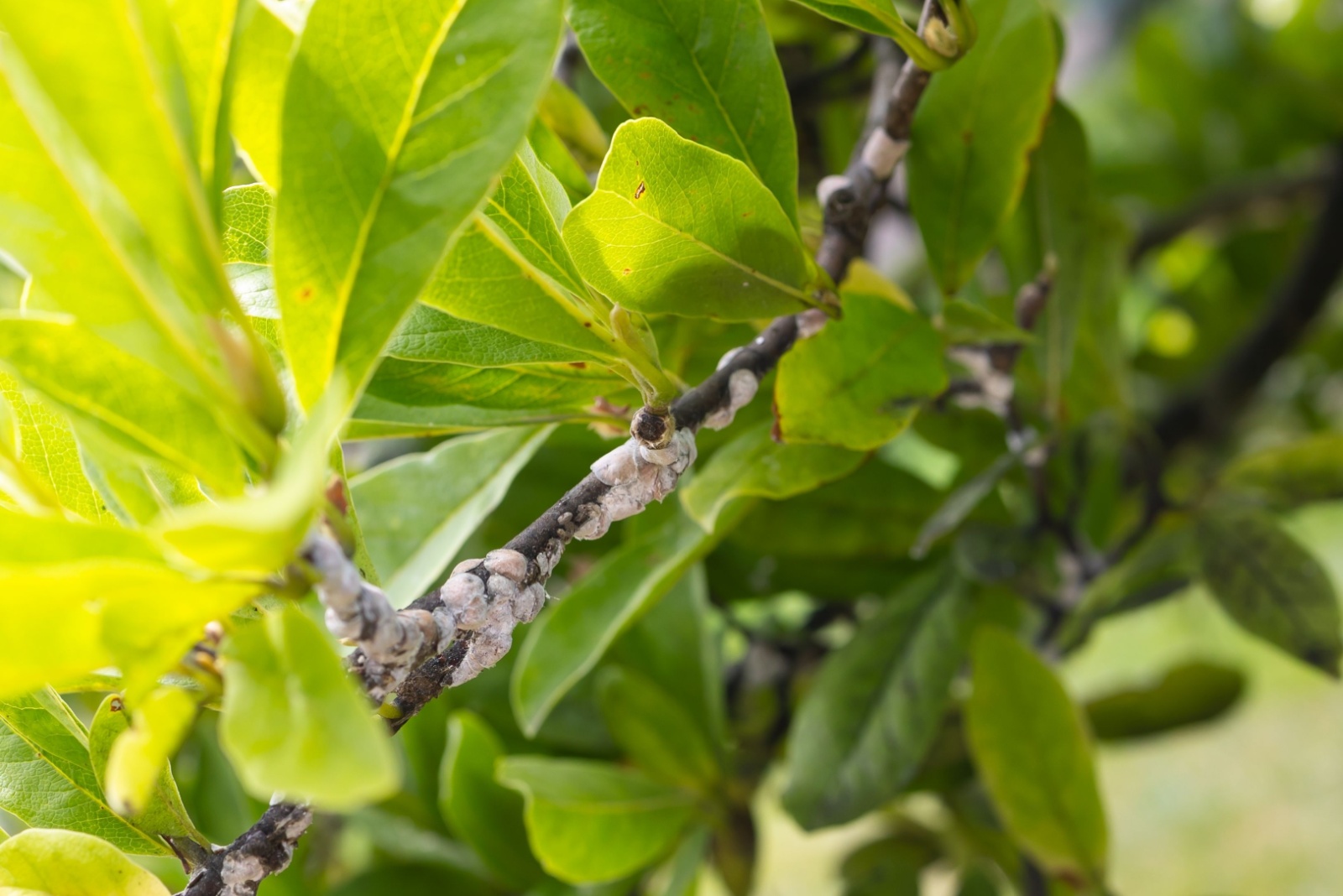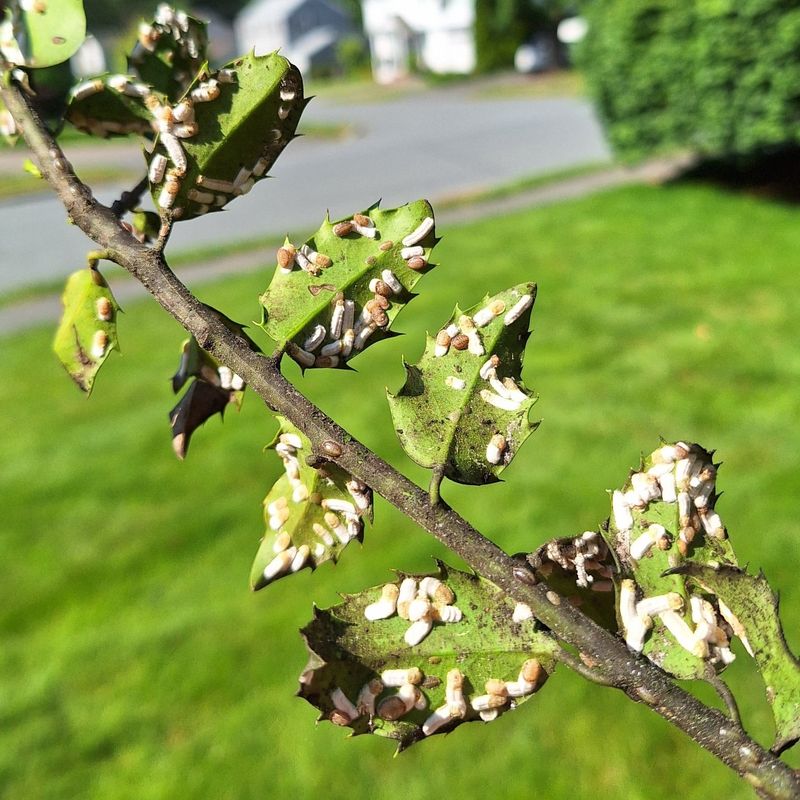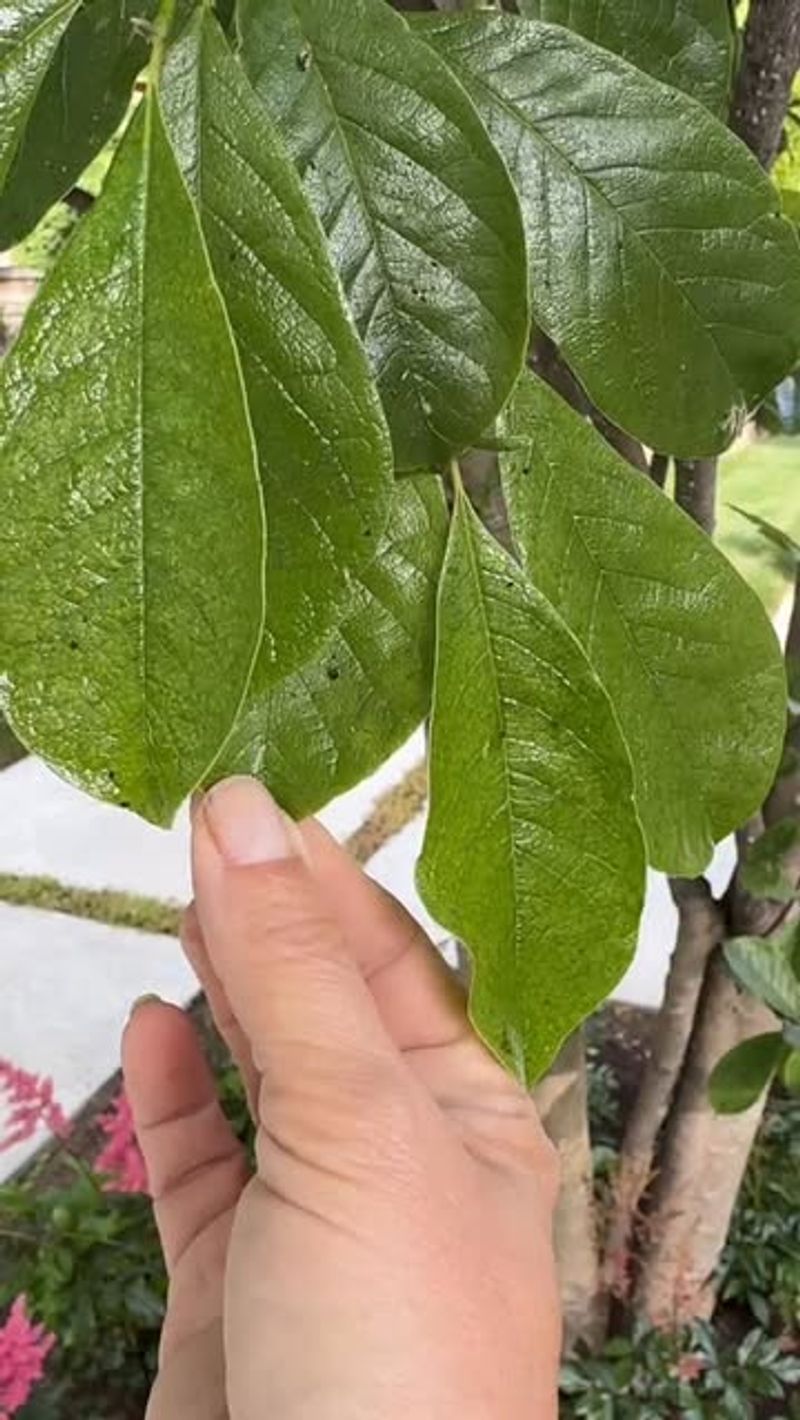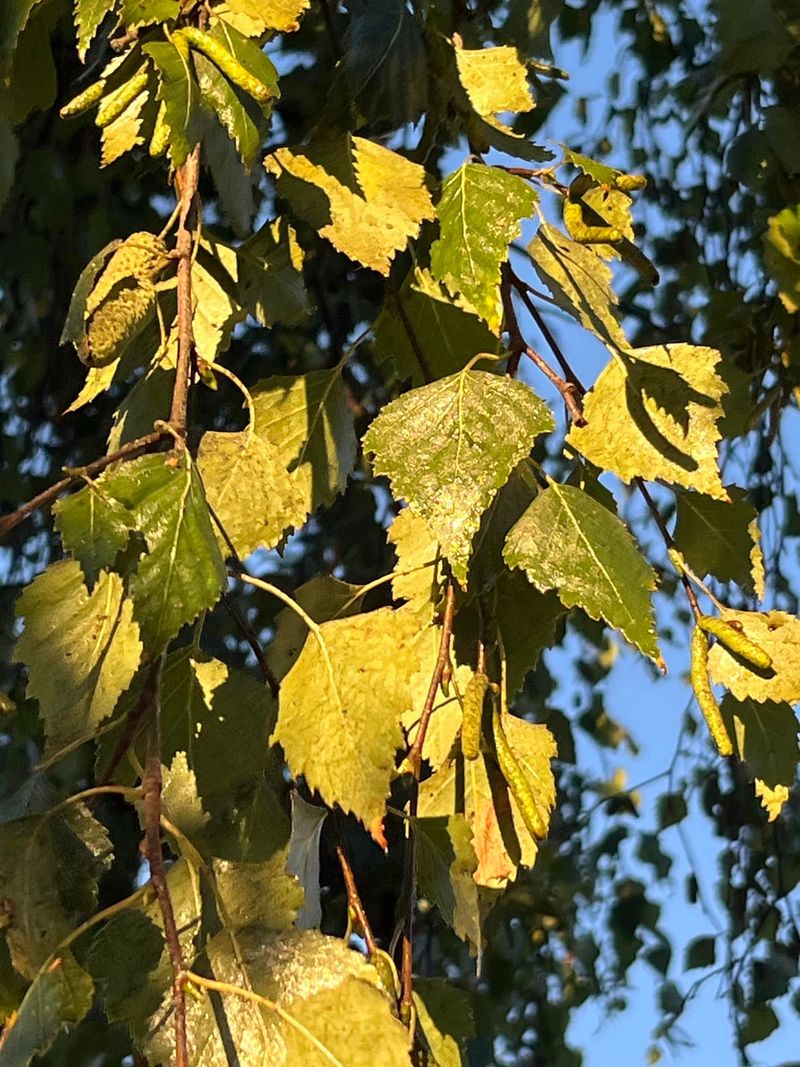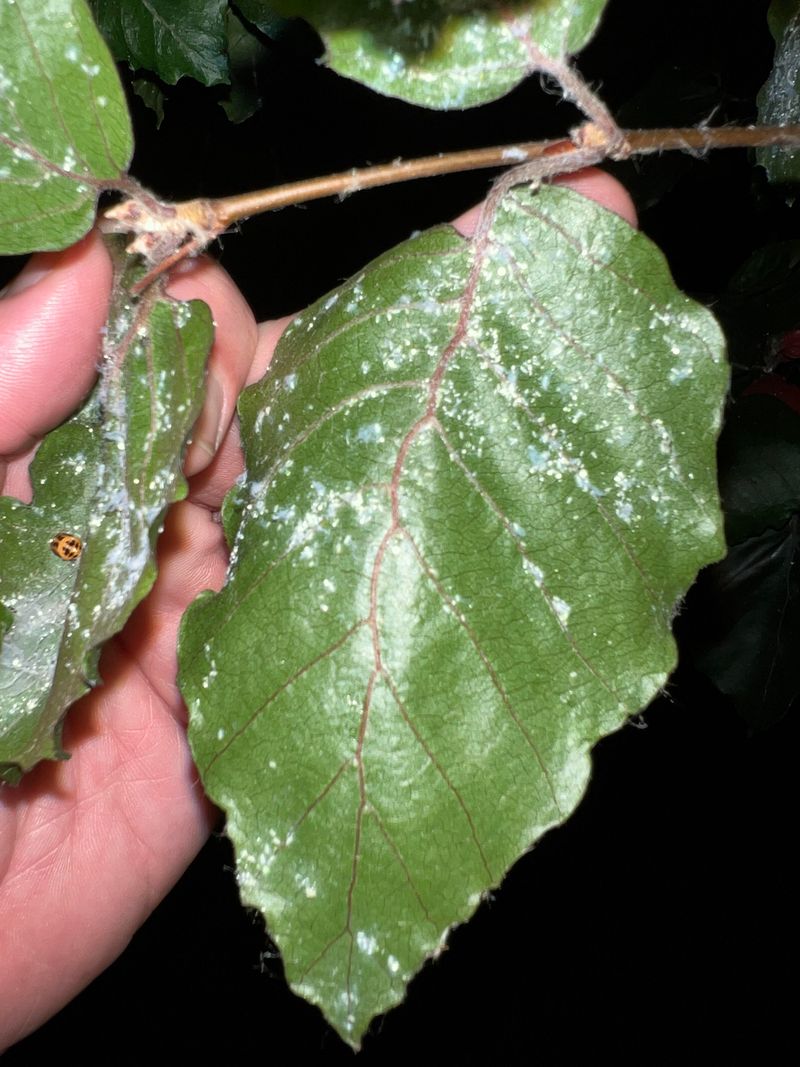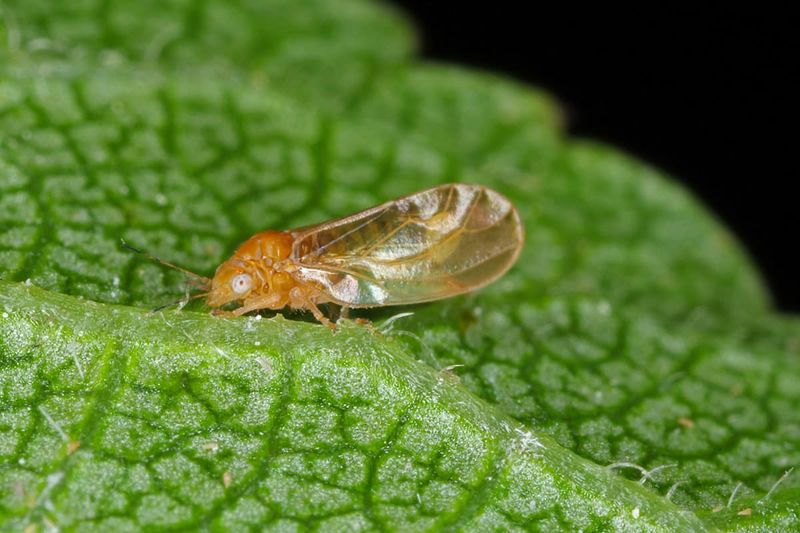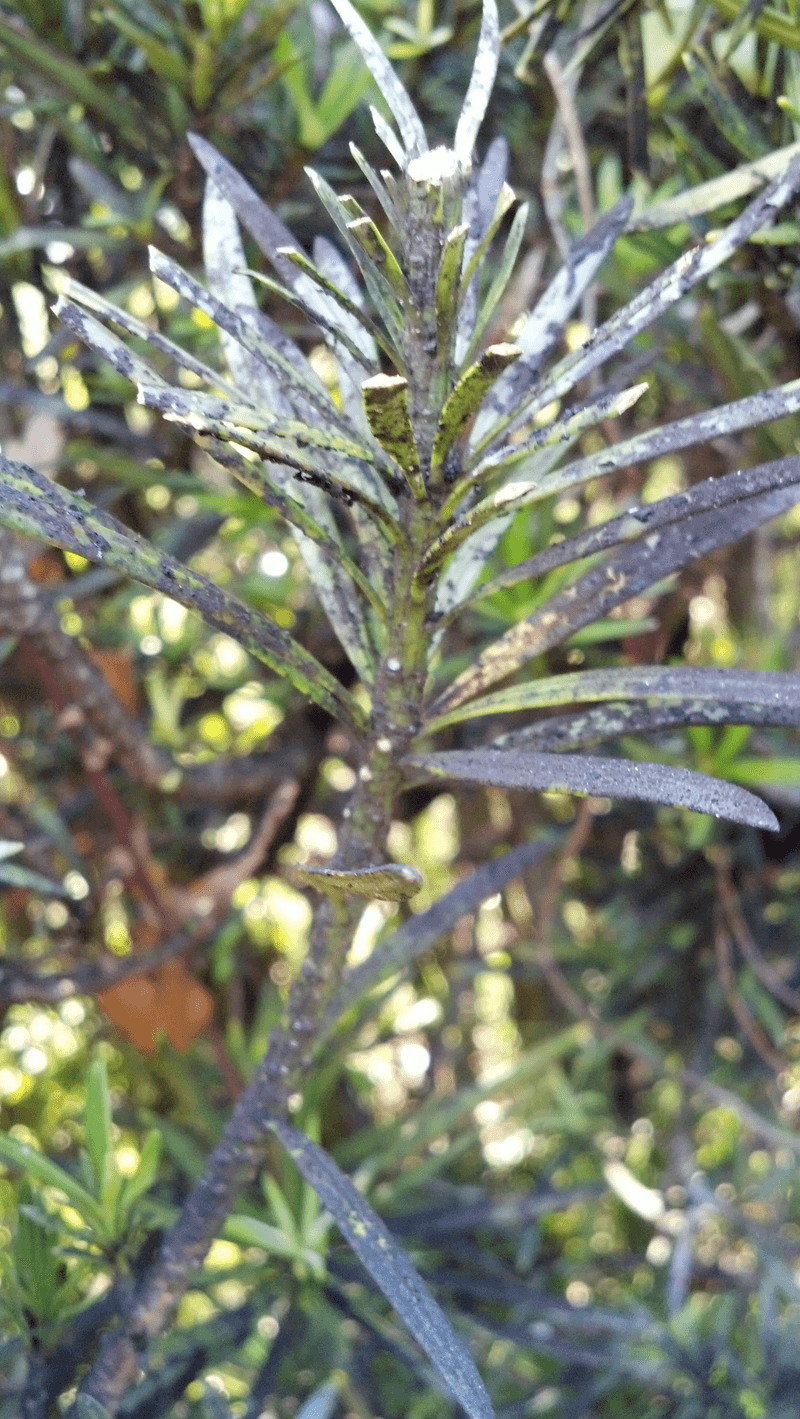Ever walked under your favorite tree in your New Jersey yard and found something sticky on your car or patio? It’s easy to assume it’s tree sap—but that’s not usually the culprit. That mysterious mess is often honeydew, a sugary substance left behind by tiny insects like aphids.
It can attract mold and make outdoor spaces feel grimy fast. I’ve seen homeowners mistake it for sap and miss the real issue. Knowing what’s causing the drip helps you treat your trees and keep your yard clean and healthy.
1. Aphids Are Leaving Behind Honeydew
Tiny insects called aphids love to feed on tree leaves throughout New Jersey. As they munch on the plant juices, they produce a sweet, sticky waste product called honeydew that drips down onto everything below.
Aphids gather in large groups on the undersides of leaves, making them easy to spot if you look closely. The honeydew they leave behind attracts ants and can make sidewalks, cars, and outdoor furniture feel gross and sticky.
Checking your trees regularly for these little pests helps you catch the problem early before it gets worse.
2. Scale Insects Create Sticky Messes Too
Scale insects might look like tiny bumps on branches and bark, but they’re actually living creatures causing sticky problems. Just like aphids, they feed on tree fluids and excrete honeydew that coats everything underneath.
These sneaky bugs protect themselves with hard shells that make them look like part of the tree itself. Many New Jersey homeowners don’t even realize their trees have scale insects until the sticky coating appears.
Inspect your tree trunks and branches carefully during spring and summer when scale populations grow rapidly.
3. Leafhoppers Jump Around While Making Stickiness
Leafhoppers are athletic little bugs that can jump impressive distances when disturbed. While they’re hopping around your New Jersey trees, they’re also feeding on plant sap and creating their own sticky honeydew deposits.
You might notice these wedge-shaped insects on the leaves during warm months. Their feeding habits weaken trees and create the same messy coating people mistake for natural tree sap.
Watch for yellowing or stippled leaves, which signal that leafhoppers have been actively feeding on your trees.
4. Whiteflies Leave Behind Sticky Residue
Despite their name, whiteflies aren’t actually flies at all—they’re tiny relatives of aphids. When you shake an infested branch, clouds of these white specks flutter into the air like miniature snowflakes.
New Jersey’s warm summer weather creates perfect conditions for whitefly populations to explode. As they feed, they produce copious amounts of sticky honeydew that rains down from infected trees.
Look underneath leaves where whiteflies prefer to hide and lay their eggs in protected spots away from predators.
5. Psyllids Are Small But Create Big Sticky Problems
Psyllids, sometimes called jumping plant lice, are another common culprit behind sticky tree coatings in New Jersey yards. These miniature insects look similar to tiny cicadas and hop quickly when threatened.
Different psyllid species target specific tree types, so identifying your tree helps determine which pest you’re dealing with. Their honeydew production can be surprisingly heavy for such small creatures.
Watch for curled or distorted leaves, which often indicate psyllid feeding activity beyond just the sticky mess they create below.
6. Mealybugs Produce Waxy Sticky Substances
Mealybugs look like tiny cotton balls stuck to your tree’s branches and leaves. These soft-bodied insects cover themselves in a white, waxy coating while they feed and produce sticky honeydew.
New Jersey gardeners often find mealybugs hiding in leaf joints and bark crevices where they’re protected from weather and predators. Their populations can grow quickly during humid summer months.
The combination of their waxy coating and honeydew creates an especially stubborn sticky mess that’s difficult to wash away completely.
7. Sooty Mold Grows On The Honeydew
Once honeydew coats your tree’s leaves and branches, a black fungus called sooty mold often moves in to feast on the sugary substance. This dark coating makes trees look unhealthy and dirty.
Sooty mold doesn’t actually harm the tree directly, but it blocks sunlight from reaching the leaves underneath. New Jersey’s humid climate provides ideal conditions for this fungus to spread rapidly across sticky surfaces.
Controlling the insects that produce honeydew is the best way to prevent sooty mold from taking over your trees.

